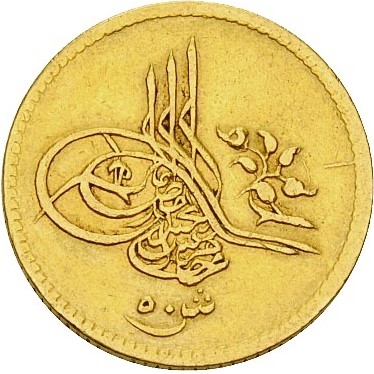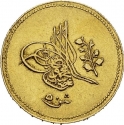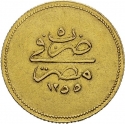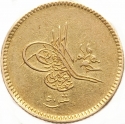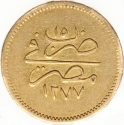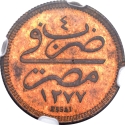You are about to finish your registration. Please check your mailbox (including spam folder). There should be a letter with a confirmation link. Check setting to make sure that your e-mail address is correct.
Send letter againDescription
Murad V (1840–1904) was the 33rd Sultan of the Ottoman Empire who reigned from 30 May to 31 August 1876.
Murad took part in the deposition of Abdulaziz. On the night of 29–30 May 1876, the committee led by the statesman Midhat Pasha, the leading statesman of the Ottoman Tanzimat era, and the Minister of War, Hüseyin Avni Pasha, deposed Abdulaziz and raised Murad to the throne.
Though he successfully acceded to the throne, he was not capable of maintaining his place. He struggled to appear normal in his new role, so at odds with his previously quiet life of dabbling in music. His weak nerves, combined with alcoholism, led to a mental breakdown. Murad began to manifest bizarre behaviour that preceded his complete collapse. The Ottoman government deposed him on 31 August 1876, after reigning for only ninety-three days on the grounds that he was mentally ill.
The Khedivate of Egypt (1867–1914) was an autonomous tributary state of the Ottoman Empire, established and ruled by the Muhammad Ali Dynasty following the defeat and expulsion of Napoleon Bonaparte's forces which brought an end to the short-lived French occupation of Lower Egypt. The Khedivate of Egypt had also expanded to control present-day Sudan, South Sudan, Eritrea, Israel, Lebanon, Jordan, Syria, Greece, Cyprus, southern and central Turkey, and northwestern Saudi Arabia.
Obverse

|
Tughra in Murad V name, value below, with flower at right. مراد خان بن عبد المجيد مظفر دائما |
|---|---|
Reverse

|
Arabic legend with the year of the Sultan's reign on top and Ottoman Turkish legend "Struck in Egypt" and the accession year in Hejira (AH1293) below. ١ |
| Edge |
